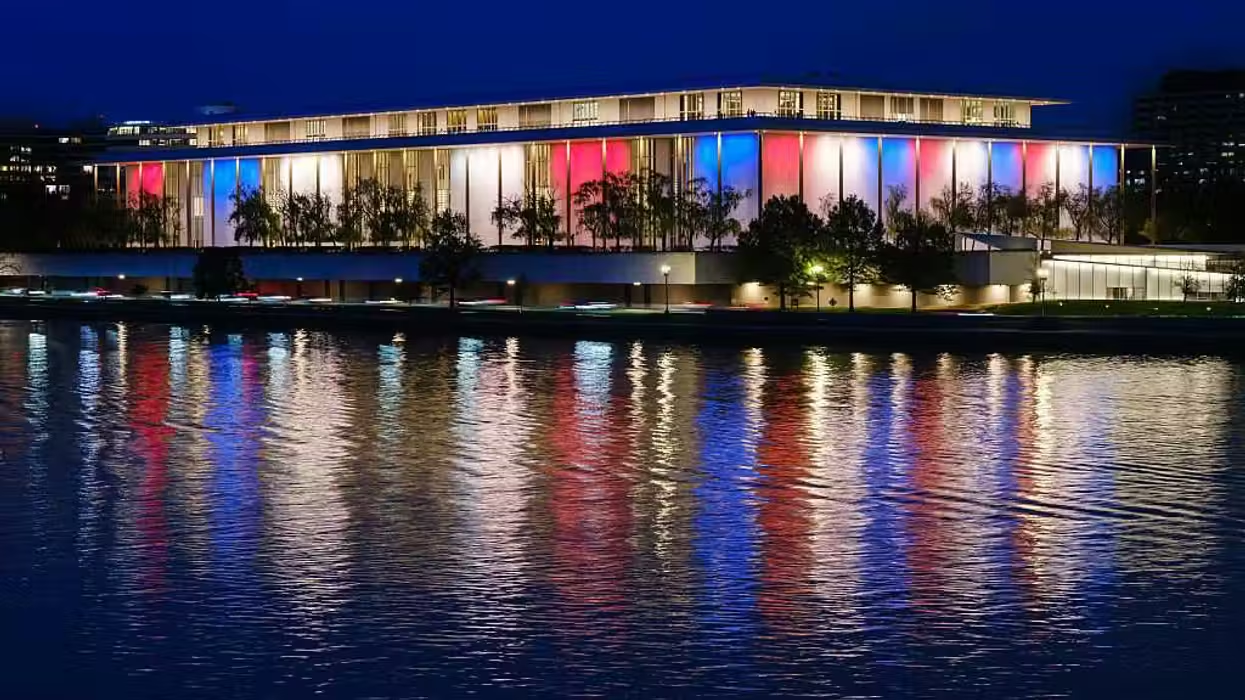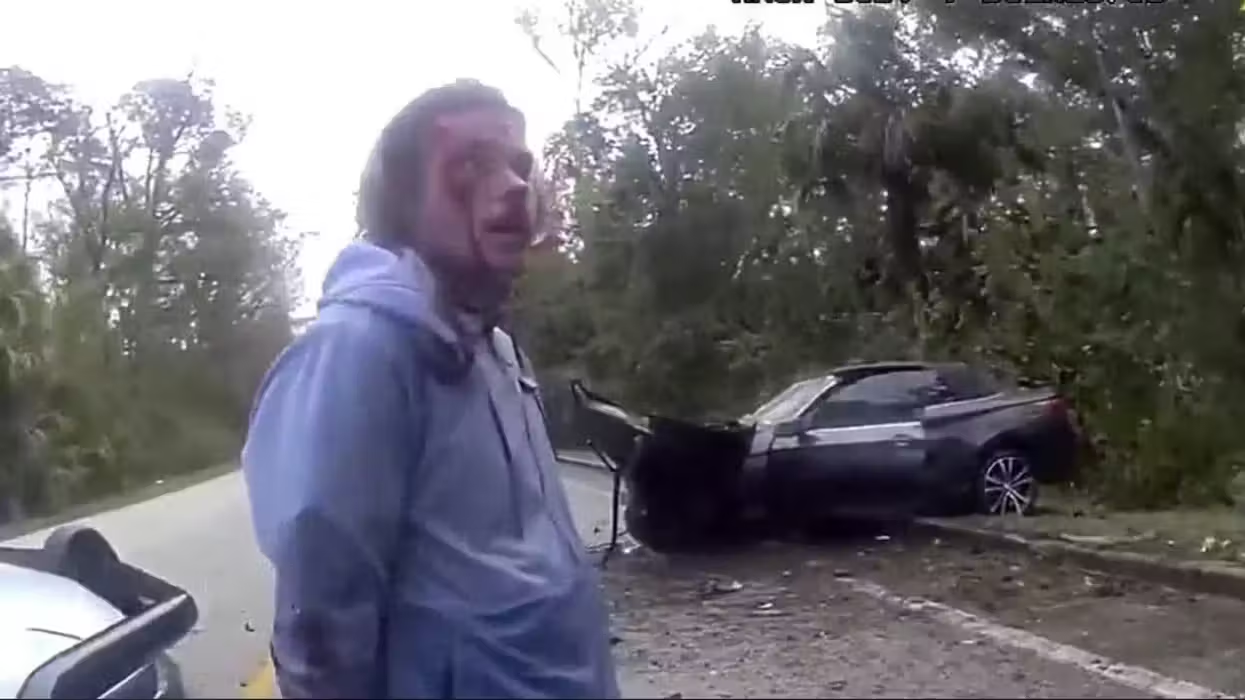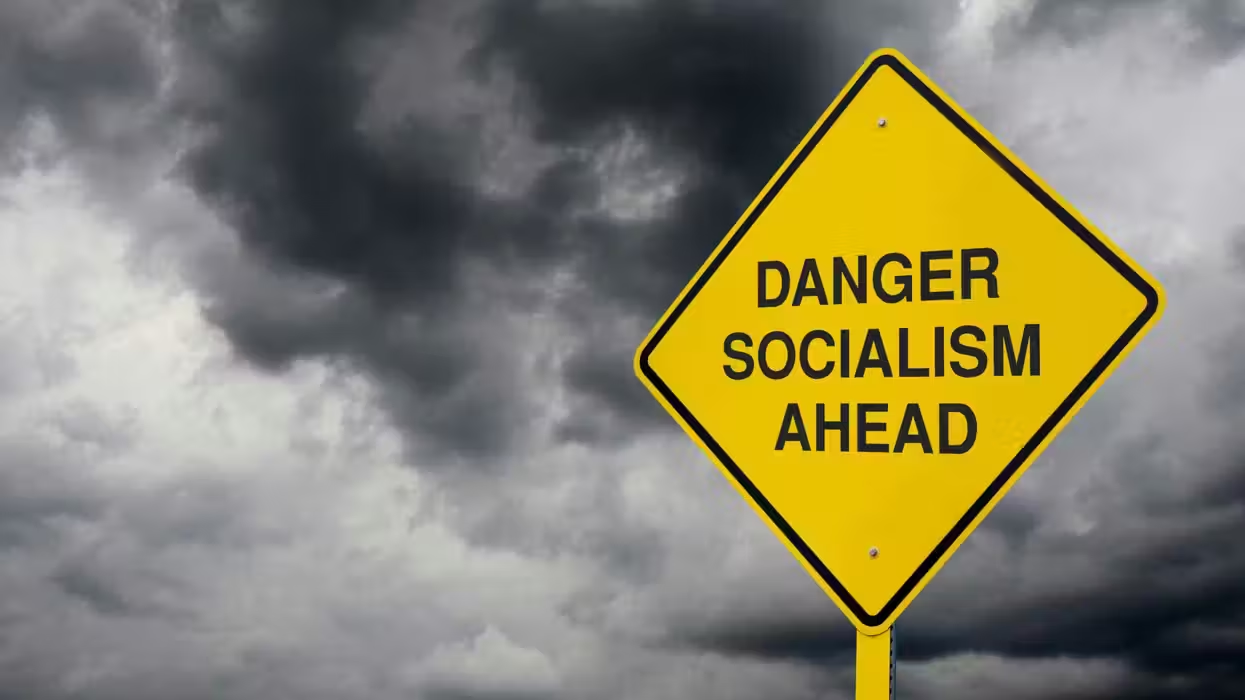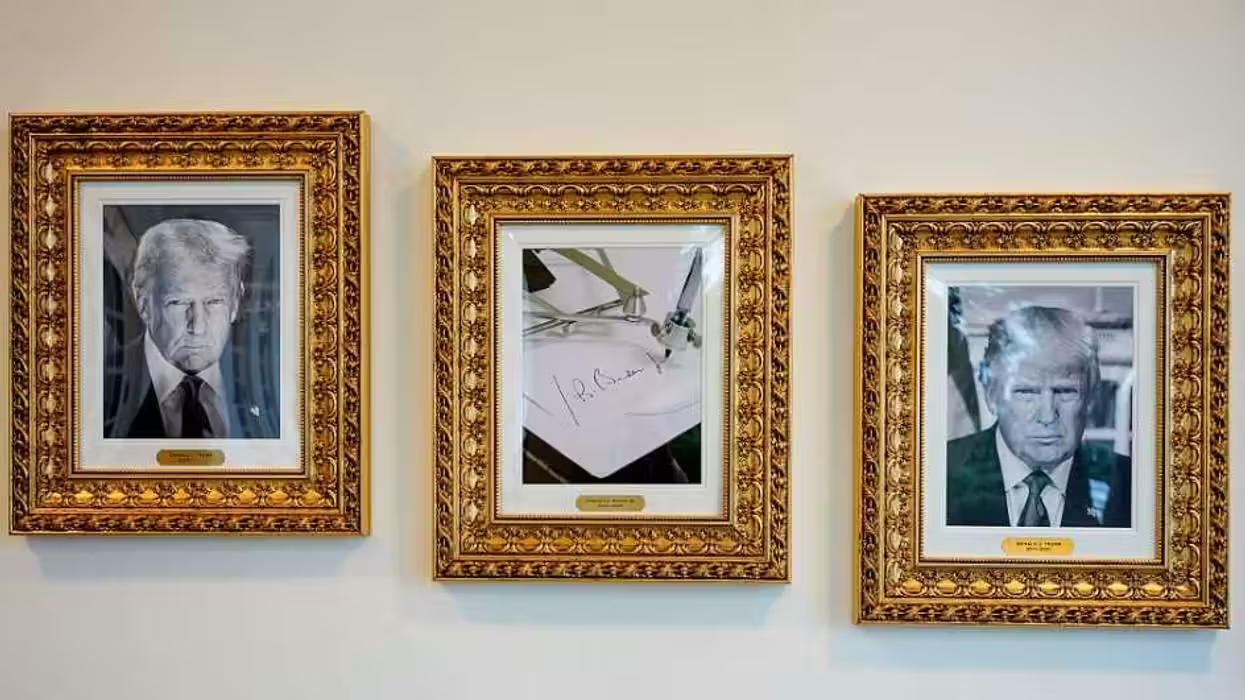
© 2025 Blaze Media LLC. All rights reserved.
"Don't go into the tunnels. You'll die."
In the December issue of National Geographic, journalist James Verini and photographer Paolo Pellegrin take an inside look at the "Tunnels of Gaza." Conducting interviews before the conflict between the Hamas and the Israelis escalated earlier this month, Verini describes how the tunnels are a "lifeline of the underground economy but also a death trap" for Palestinians.
After the eight days of violence and truce struck Wednesday, Hamas has demanded that Israel and Egypt lift all restrictions on the movement of goods and people in and out of the Palestinian territory. The restrictions have been imposed since the Islamists seized the territory in 2007. With restrictions, some of which were eased by Israel in recent years, the tunnels have provided the infrastructure for both consumer goods but also weapons to pass between neighboring countries.
Here's more about the history from Verini about the tunnel system and Israel and Egypt's relationship to it:
The Rafah underground isn’t new—there have been smuggling tunnels here since 1982, when the city was split following the 1979 Egypt-Israel Peace Treaty, which left part of it in Gaza and part in Egypt. Back then the tunnel well shafts were dug in home basements. The Israeli military, knowing that the tunnels were used for arms trafficking, began demolishing homes that harbored tunnels, as did some Palestinians who wanted to keep the tunnel economy under their control. When that didn’t end the smuggling, Israel later expanded the demolitions, creating a buffer zone between the border and the city.[...]
After Israel introduced the blockade, smuggling became Gaza’s alternative. Through the tunnels under Rafah came everything from building materials and food to medicine and clothing, from fuel and computers to livestock and cars. Hamas smuggled in weapons. New tunnels were dug by the day—by the hour, it seemed—and new fortunes minted. Families sold their possessions to buy in. Some 15,000 people worked in and around the tunnels at their peak, and they provided ancillary work for tens of thousands more, from engineers and truck drivers to shopkeepers. Today Gaza’s underground economy accounts for two-thirds of consumer goods, and the tunnels are so common that Rafah features them in official brochures.
Here's a look at the tunnels:
It is because of weapons and other materials being smuggled to terrorists that the Israeli Defense Force blasted the tunnels during the recent conflict, which began with the Hamas shooting rockets at Israel. In fact, TheBlaze's Sharona Schwartz reported recently about how some of these weapons are thought to be smuggled:
Intelligence officials believe the Fajr-5 missiles are broken apart for shipment, whisked through smuggling tunnels into Gaza and then reassembled by terror groups on the ground.Last month, a weapons factory in Sudan was destroyed in a bombing Sudanese officials blamed on the Israeli Air Force. Some reports suggested the factory was being used to build Iranian long-range missiles. The Israeli Defense Ministry’s Director of Policy and Political-Military Affairs Amos Gilad then said Sudan is a key transit point for shipment of arms to Gaza terrorists.
In the article, Verini wrote he was stunned by how obvious the tunnels were under Egyptian surveillance. He recalled saying “This must be the biggest smuggling operation on Earth," in part to conceal his astonishment. After taking a trip into the tunnels in an area he wasn't even supposed to be in as a journalist, a police officer said to Verini "Don't go into the tunnels. You'll die," he wrote of the experience.
Since taking hits from the IDF, repairs on the smuggling tunnels are already underway. This footage shows the construction efforts (via Today's THV):
Verini called the tunnels "lethally shoddy in [their] construction" in the first place, making repair of the tunnels is dangerous to workers. Verini wrote that "[e]verybody, it seemed, had injuries or health problems." He reported a worker saying they see the tunnels as “a way to paradise or a way to death.”
Still, Palestinian's see repair as important for commerce.
The Jewish Press reported Mohamad Aladwan saying the tunnels are being fixed so citizens can "return to our normal life which we need the tunnel for work." The Jewish Press went on to note that workers interviewed by Reuters said they were not involved with smuggling military materials but only those intended for civilian consumers.
Read more about National Geographic's account of the tunnels in Verini's full article here. See National Geographic's photos of the tunnels here.
The Associated Press contributed to this report.
(H/T: New York Daily News)
Want to leave a tip?
We answer to you. Help keep our content free of advertisers and big tech censorship by leaving a tip today.
Want to join the conversation?
Already a subscriber?
more stories
Sign up for the Blaze newsletter
By signing up, you agree to our Privacy Policy and Terms of Use, and agree to receive content that may sometimes include advertisements. You may opt out at any time.
Related Content
© 2025 Blaze Media LLC. All rights reserved.
Get the stories that matter most delivered directly to your inbox.
By signing up, you agree to our Privacy Policy and Terms of Use, and agree to receive content that may sometimes include advertisements. You may opt out at any time.






